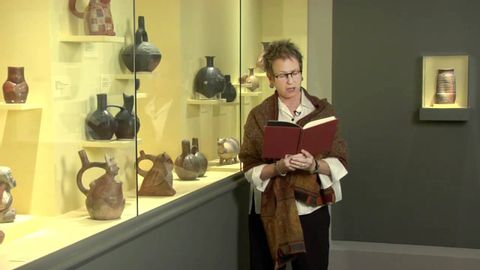"貓頭鷹之死 ("Death of the Owl," a poem by Robin Becker, 2010-11 Penn State laureate)
 沒有此條件下的單字
沒有此條件下的單字- v.t.吸引注意;吸引人;拉;拖;汲取;引出
- n. (c./u.)引人之處;抽籤;平局
- v.i.靠近;接近;以平局收場
- v.t./i.畫圖
- n. (c./u.)鳥;(英國俚語)女人或女孩;(俚語,冒犯性)中指;(俚語)飛機;(俚語)羽毛球;(俚語)小鳥球;(俚語)刑期
- v.i.觀鳥
- n. (c./u.)道路;路線;旅程;(航海)錨地
- adj.(體育)客場的
- v.t.需要
- n. (c./u.)(為了生存)需求物;需求物

